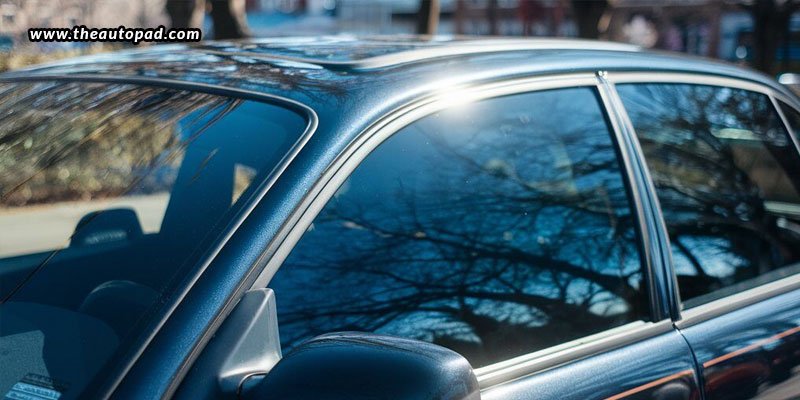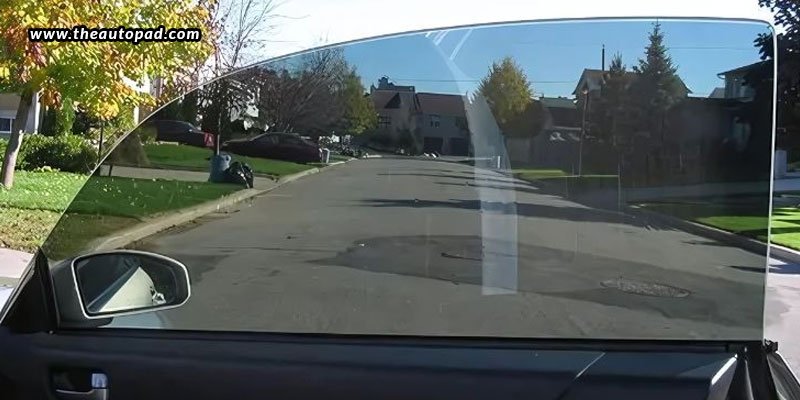Ceramic coatings have emerged as a vital component in vehicle protection, providing long-term benefits such as improved shine, resistance to scratches, and defense against environmental contaminants. To ensure that your vehicle continues to benefit from these features over time, it is essential to perform proper maintenance. Although ceramic coatings are generally durable, they require specific care to uphold their effectiveness. This guide offers practical recommendations for maintaining a car with a ceramic coating, including suitable cleaning products, effective washing techniques, and strategies to extend the life of the coating.
The importance of maintenance for ceramic coated vehicles
Despite the exceptional protective qualities of ceramic coatings, failing to maintain them can diminish their effectiveness. Over time, various contaminants, including dirt, water spots, road salts, and bird droppings, can build up on the coating’s surface. If not properly addressed, these substances can compromise the hydrophobic properties of the coating, reducing its ability to repel water and dirt. Furthermore, using inappropriate cleaning methods, such as harsh chemicals or abrasive materials, can harm the coating and diminish its protective capabilities.
Cleaning and maintenance of ceramic coated vehicles
Maintaining the appearance and functionality of a ceramic coating requires proper cleaning techniques. The objective is to uphold the integrity of the protective layer while ensuring the vehicle’s surface remains immaculate. Below are some recommendations for washing a car with a ceramic coating:
Select the right cleaning products
When caring for a vehicle with a ceramic coating, it is crucial to select suitable cleaning products. Conventional car shampoos containing harsh chemicals can degrade the coating and diminish its effectiveness. Opt for a pH-balanced car shampoo specifically designed for ceramic coatings. These formulations are gentle yet efficient in removing dirt without affecting the coating’s hydrophobic qualities. Refrain from using household cleaning products, as they may include components that can compromise the coating. Instead, consider purchasing a specialized ceramic coating maintenance shampoo or a mild car wash solution that supports the longevity of the coating.
Implement the two-bucket wash technique
To reduce the likelihood of scratching the ceramic coating, always employ the two-bucket wash technique. This approach involves one bucket for soapy water and another for rinsing your wash mitt. This method helps prevent contaminants from transferring dirt back onto the vehicle’s surface. When selecting a wash mitt, choose a microfiber option, as it is gentle on the paint and minimizes the risk of swirl marks. Work in sections to ensure that dirt does not have the opportunity to dry on the vehicle.
Refrain from using high-pressure water
Although it may appear that using a high-pressure water jet will expedite the washing process, it can actually harm the ceramic coating over time. High-pressure jets can drive contaminants deeper into the coating, resulting in potential damage. Instead, utilize a gentle stream of water when rinsing off soap or debris.
Employ a drying aid
It is advisable to utilize a drying aid, such as a ceramic booster or quick detailer, following the wash. These products not only provide an additional layer of protection during the drying process but also enhance the shine of the ceramic coating. Furthermore, drying aids expedite the drying process and minimize the likelihood of water spots developing.
Use a microfiber towel for drying
Microfiber towels are the preferred choice for drying vehicles with ceramic coatings. Their soft and absorbent nature helps to prevent scratches or swirl marks that may arise during drying. Ensure that you use a clean, high-quality microfiber towel and dry the vehicle gently to preserve the coating’s smooth and glossy appearance.
Protecting the coating from adverse conditions
Although ceramic coatings are known for their exceptional durability, certain environmental elements can inflict damage if the vehicle is frequently exposed to them. To ensure your coating remains in optimal condition, consider the following recommendations.
Refrain from parking beneath trees
Ceramic coatings do offer protection against contaminants such as bird droppings and tree sap; however, it is advisable to avoid parking directly under trees. Tree sap can still impact the coating and may necessitate specialized cleaning methods for removal. Furthermore, fallen leaves and branches can cause scratches or other forms of damage if not properly addressed.
Protect your vehicle from intense sunlight
Ultraviolet (UV) rays are significant contributors to paint deterioration, leading to issues like fading and oxidation. While ceramic coatings provide a degree of UV protection, it remains crucial to limit prolonged exposure to direct sunlight, particularly in regions with extreme heat. Whenever possible, park your vehicle in shaded areas or utilize a car cover to shield the exterior from the sun’s damaging rays.
Conduct regular touch-ups with ceramic boosters
Over time, the ceramic coating may diminish in its hydrophobic qualities or luster. To rejuvenate the coating and sustain its effectiveness, consider using ceramic boosters or spray sealants. These products can be applied periodically to refresh the coating and ensure it continues to perform optimally. It is recommended to apply the booster after each wash to enhance the coating’s performance and longevity.
Dealing with common challenges
While ceramic coatings provide exceptional protection, certain problems may occasionally occur, such as water spots, minor scratches, or reduced hydrophobicity. Here are some strategies to tackle these frequent issues:
Water spots and mineral residue
Water spots can develop when water evaporates, leaving mineral residue on the surface. These spots may be more prominent on a ceramic-coated vehicle, but they can be easily remedied. Utilize a water spot remover that is safe for ceramic coatings. Apply the remover with a microfiber cloth and gently buff the affected area.
Minor scratches
Although ceramic coatings are designed to be scratch-resistant, they are not entirely immune to scratches. If minor scratches appear, they can often be polished out using a product specifically formulated for ceramic coatings. Apply the polish in small amounts to a soft cloth and buff in a circular motion. Take care not to over-polish, as this could harm the coating.
Diminished hydrophobic characteristics
If you observe that water is no longer beading on the surface, the hydrophobic properties of the coating may have diminished. In such cases, applying a ceramic booster or a quick detailer can help restore the coating’s effectiveness. Regular washing and appropriate maintenance will also aid in preserving the coating’s water-repellent qualities.
Proper maintenance of your vehicle’s ceramic coating is essential for sustaining its protective qualities and visual appeal. By utilizing appropriate cleaning products, effective washing methods, and consistent upkeep, you can keep your car looking brand new for many years. It is important to promptly address any minor issues and conduct regular maintenance to maintain the coating’s hydrophobic characteristics and shiny finish. Adhering to these guidelines will enable you to fully benefit from your ceramic coating, preserving your vehicle’s immaculate appearance while also saving time and money over time. If you are considering ceramic coating services or searching for “ceramic coating near me” to rejuvenate your existing coating, professional assistance from Autopad offers the expertise and resources to keep your vehicle in excellent condition.




